

Pejepscot History Center
159 Park Row, Brunswick, Maine 04011
VISIT OUR WEBSITEItem Count27,360
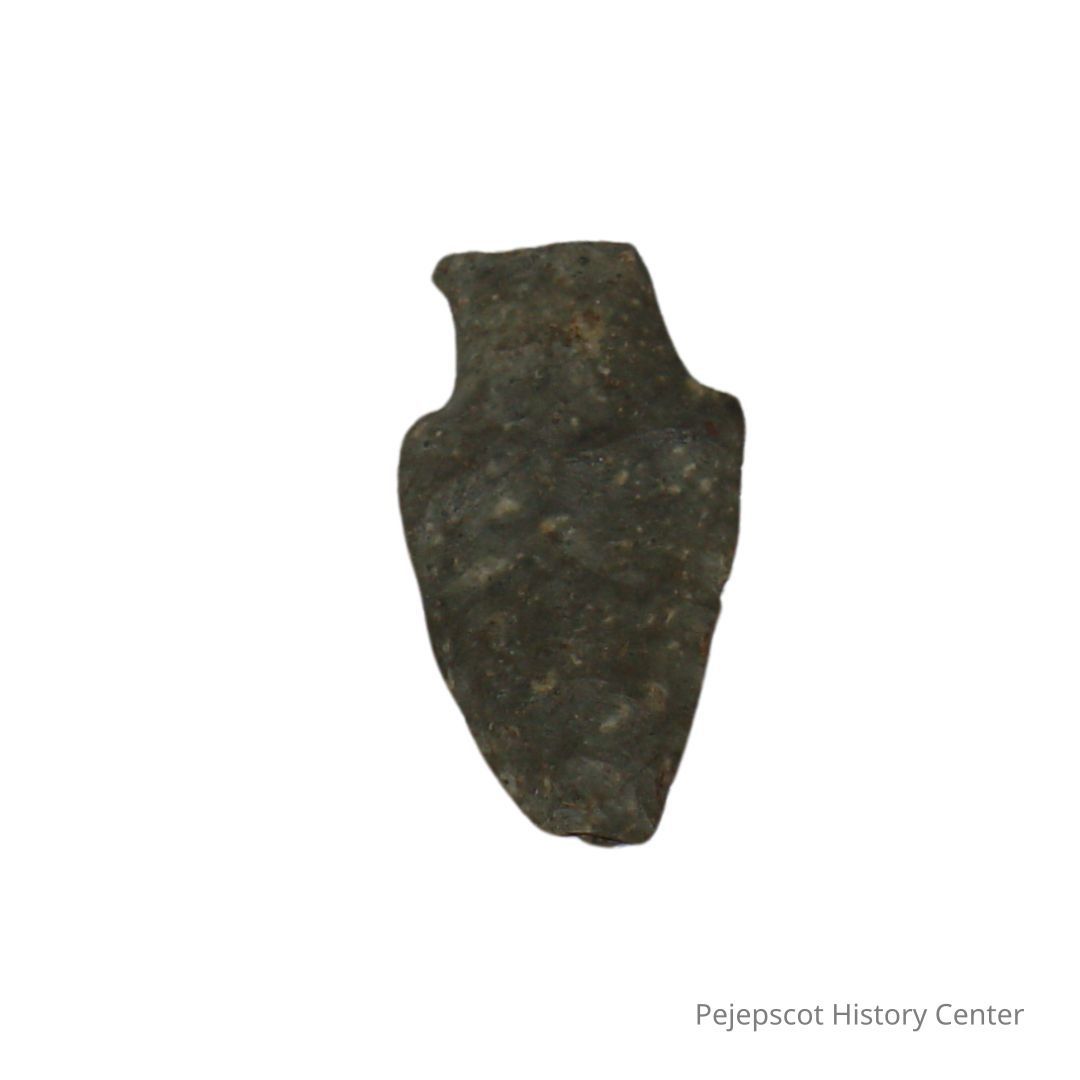
Adaptation and Resistance: Alnôbak Before 1500
5items
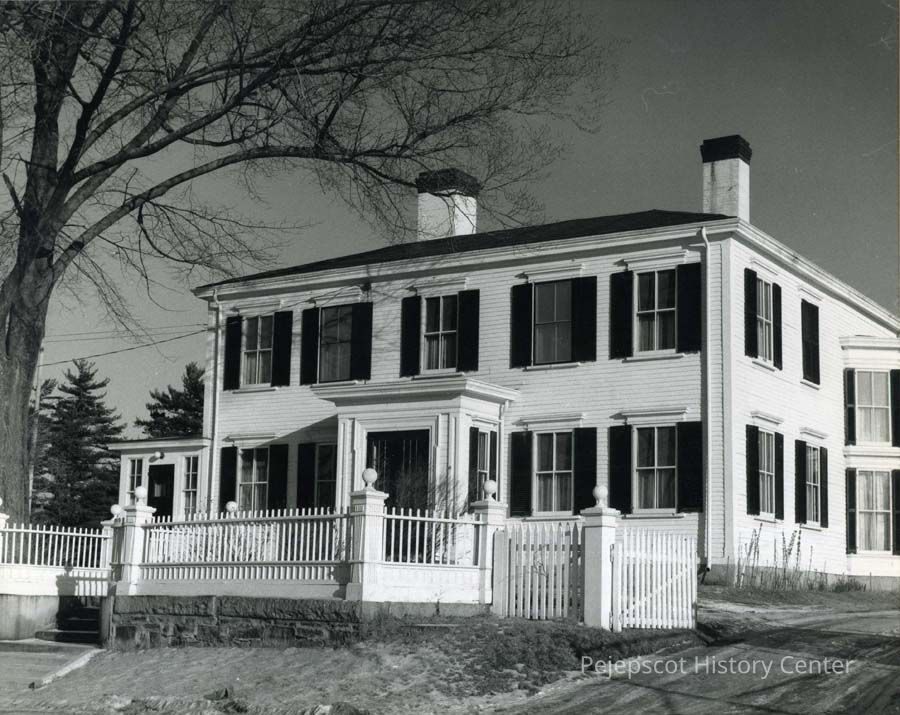
Adaptation and Resistance: Monumental Change
5items
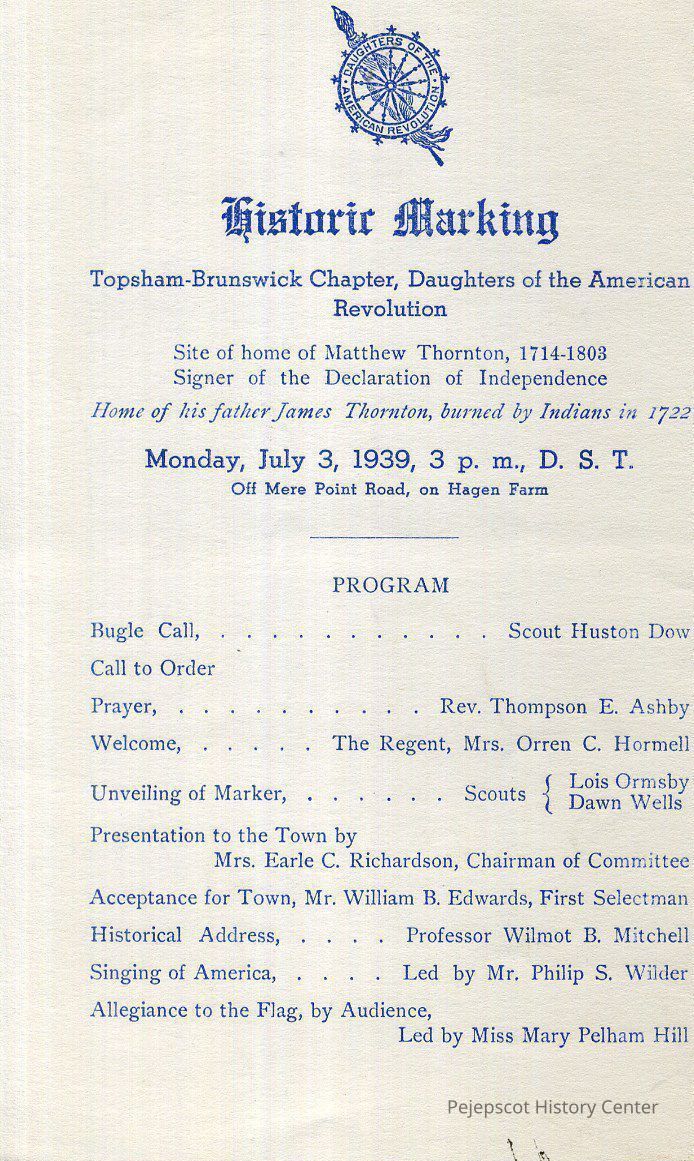
Adaptation and Resistance: Settlement and Violence
5items
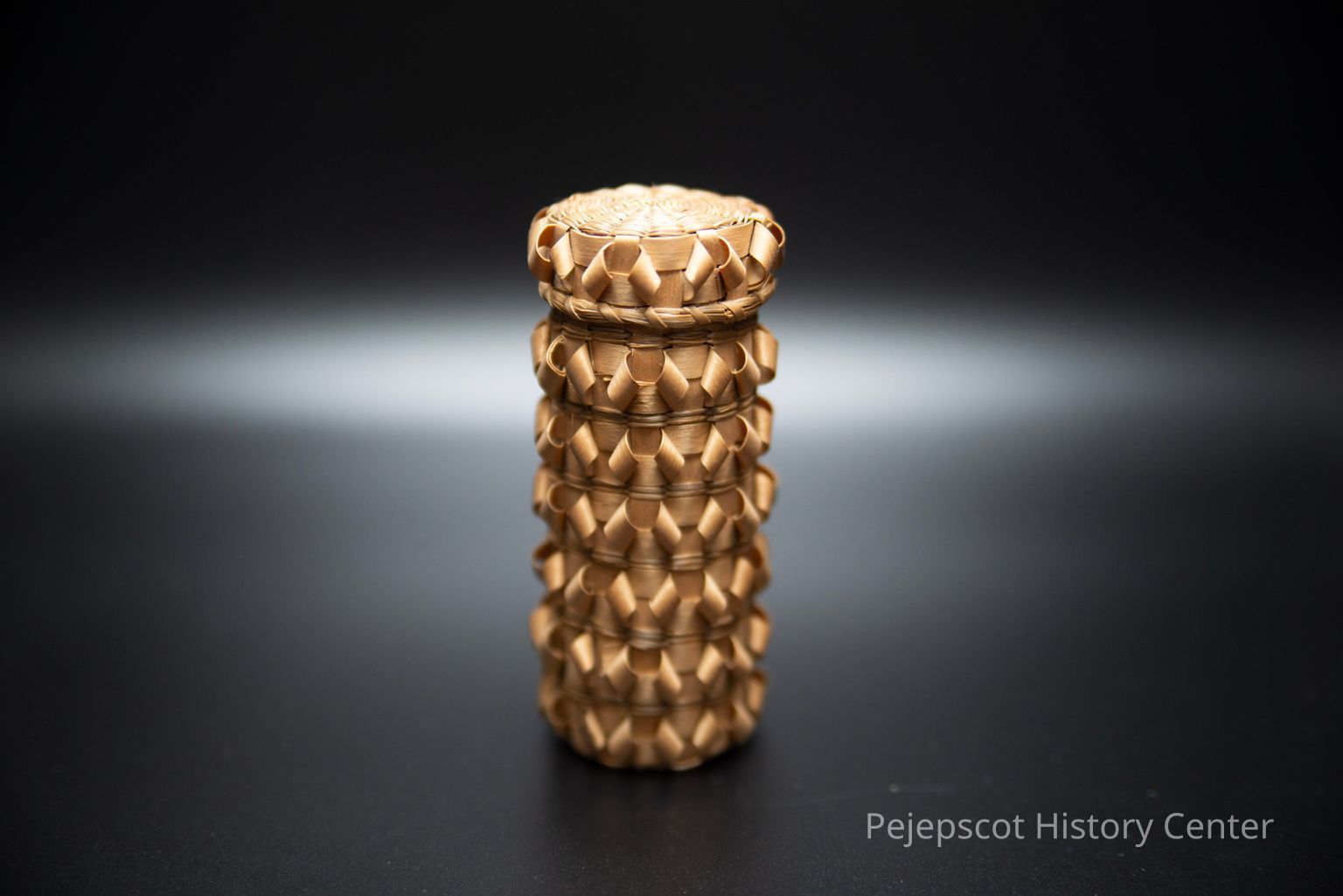
Adaptation and Resistance: The "Disappearance" of the Abenaki
3items
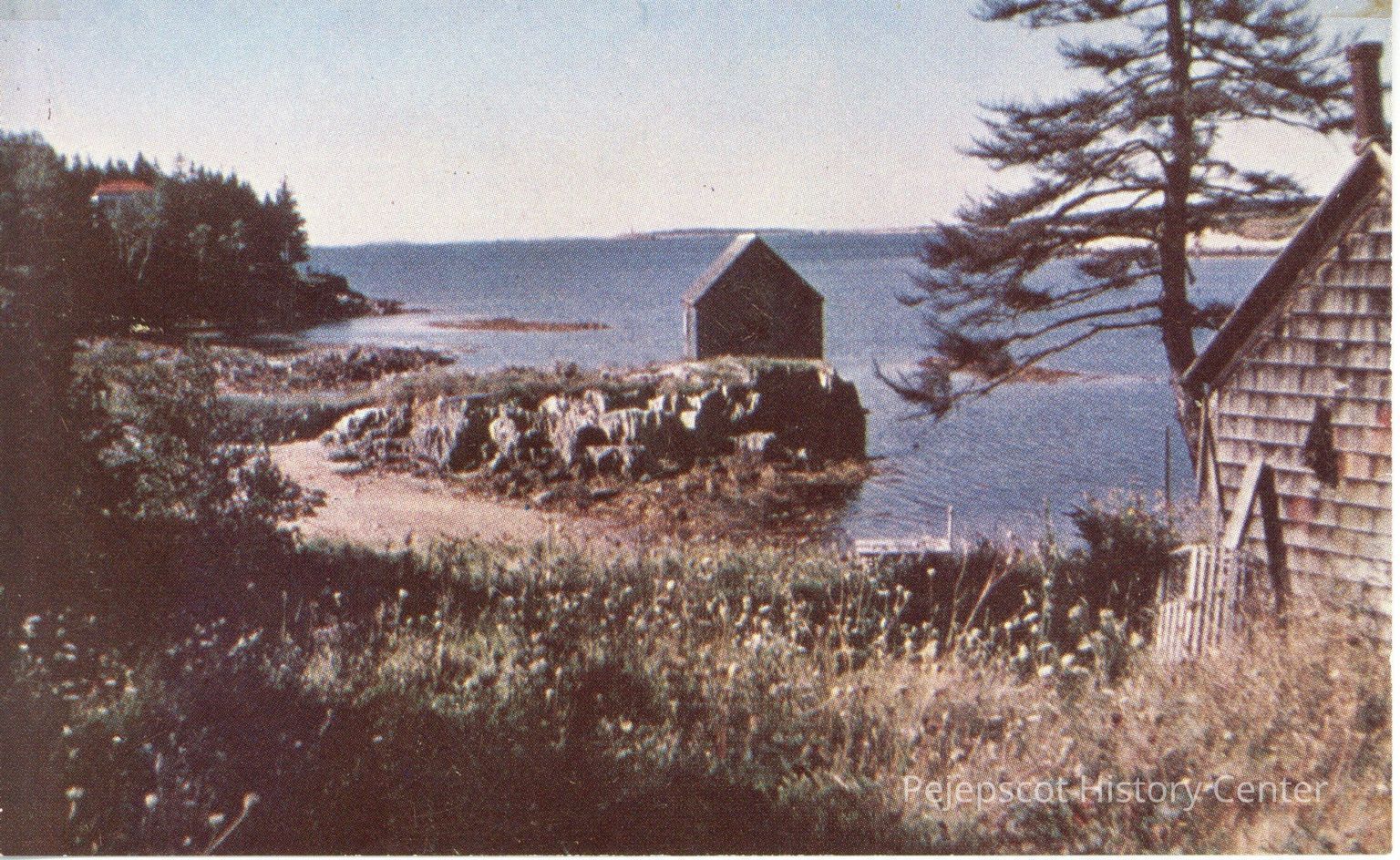
Ed Phinney Harpswell Postcard Collection
329items

Labor of Love: Children & Art Education
11items
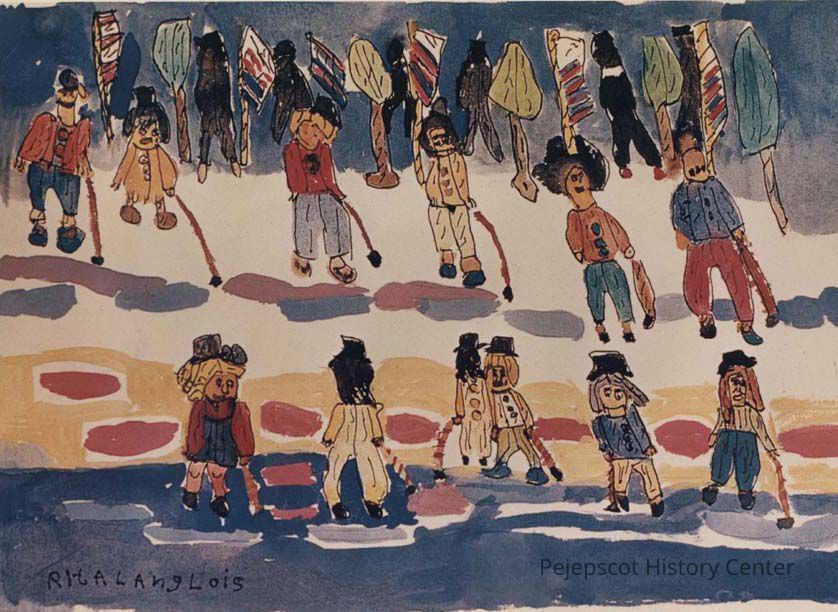
Labor of Love: Community Based Art
12items
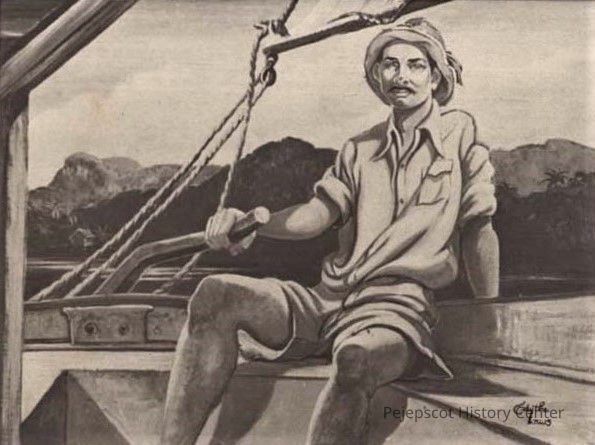
Labor of Love: Creating Art and Community
37items

Labor of Love: Local Working Artists & Connection
14items
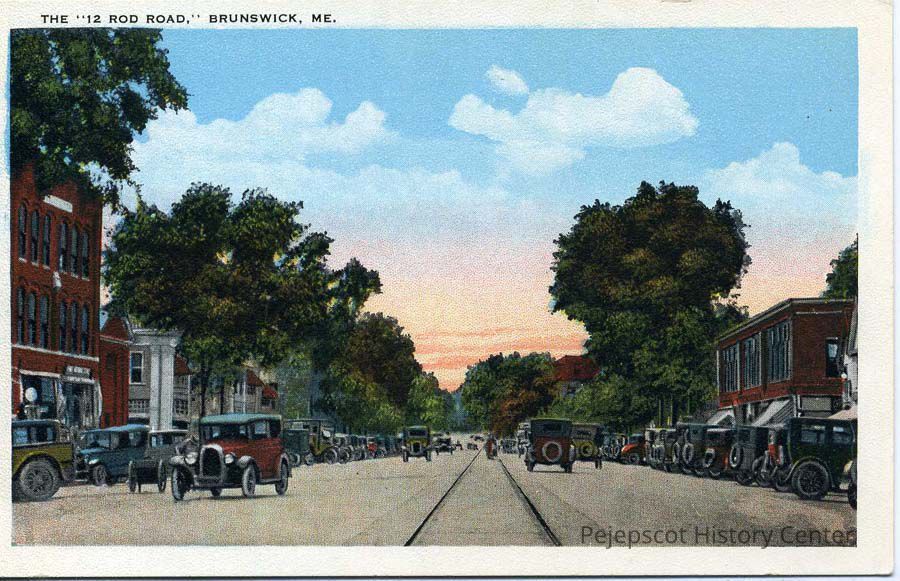
Photograph Collection
27,009items